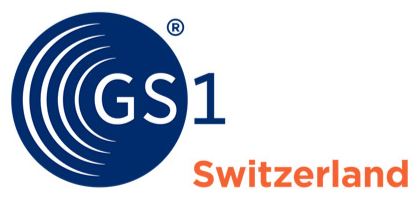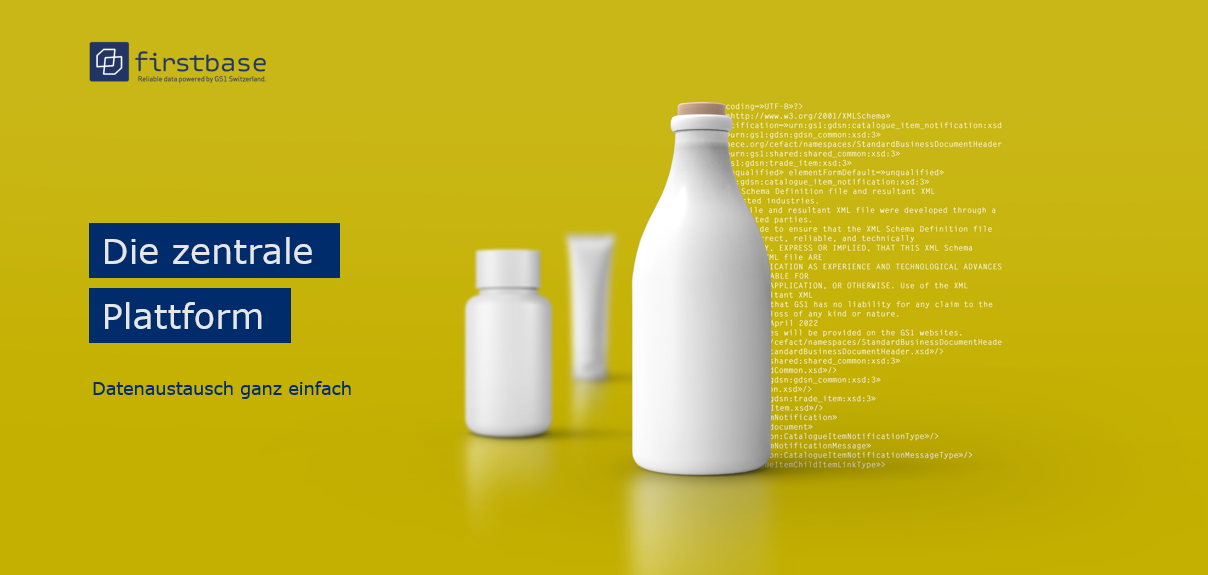Transparency with GS1 Standards
Traceability refers to the possibility of being able to trace at any time where, when and by whom a product was manufactured, processed, stored, transported, consumed or disposed of. For this, the goods must be uniquely identified. With the standards and products of GS1, the requirements can be implemented globally and clearly.
Consumers, authorities and various quality assurance and product standards demand transparent information on raw materials and primary packaging. The brand owner must be able to answer questions about the origin of raw materials, production methods and intermediate stops quickly and completely.
With a good traceability information system, the brand owner can quickly isolate possible problems and provide competent information. This creates trust among consumers and authorities.
GS1 standards make traceability possible in the open supply chain. Globally unique identification keys for articles, trade units or logistical units and locations combined with globally valid semantics for lot and serial numbers and transaction data allow products and locations to be traced back to the batch or package level.
In addition to identification keys, GS1 data carriers such as EAN/UPC barcode, GS1 128 barcode, GS1 DataBar or GS1 DataMatrix are used. The information is transmitted via standardised message formats such as EANCOM or GS1 XML.
In addition to the food industry, more and more manufacturers from the healthcare and technical industries are also relying on GS1 standards to ensure traceability.
Learn more about these topics:



























